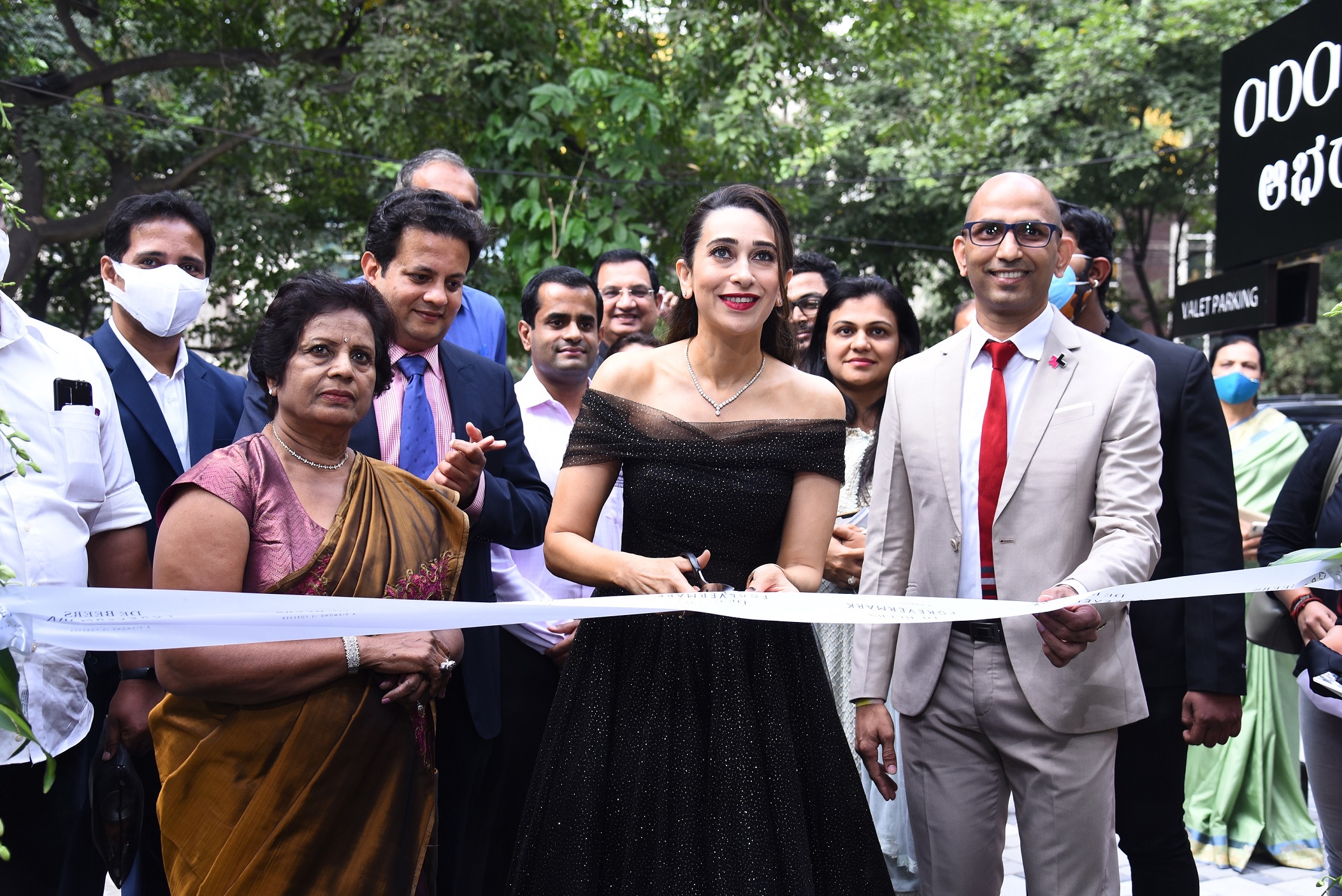Though GFCF growth at 10-year high in constant price terms, but experts say that is overstated
New Delhi, NFAPost: Though investments as a percentage of gross domestic product (GDP) rose year-on-year in the first quarter of 2022-23 (Q1FY23), they are still below the 30% mark that is required to put the economy on a sustained growth path.
Gross fixed capital formation (GFCF) rose to 29.2% in Q1 compared to 28.2 per cent a year ago. However, it was lower than 30.7% in Q1 of pre-Covid period of 2019-20.
But if we adjust it for inflation, GFCF was 34.7% in Q1, which was higher than the corresponding period of the previous year (32.8%), but also Q4 of FY22 (33.6%). It was also the highest in Q1 in 10 years, a point made by Ajay Seth, secretary of the Department of Economic Affairs.
Bank of Baroda chief economist Madan Sabnavis said it is better to look at GFCF as percentage of GDP at current prices since its sources of finances like bank credits, external commercial borrowings and stock markets are not looked at from a constant prices perspective.
From that perspective, GFCF numbers showed that there is improvement in investments in the country in the Q1 compared to the corresponding period of the previous year, probably aided by the government capex. However, it still has not recovered to pre-Covid period.
Government capex rose 57% to Rs 1.75 trillion in the first three months of the current financial year. However, Sabnavis was not sure of private involvement in GFCF to a great extent. He did not favour comparing GFCF sequentially since investments are bumped in the fourth quarter.
Sabnavis said GFCF is still below 30% of GDP. GFCF above 30% is required to put the economy on a sustained economic growth path as was substantiated by the high growth period of 2005-6 to 2007-08.
Sakshi Gupta, principal economist at HDFC Bank Treasury, said for long-term perspective GFCF at constant prices can be looked at but high 34.7% is a tad exaggerated due to low base. While there is definitely improvement in investments as is shown by government capex numbers, the growth is overstated, she said.
ICRA chief economist Aditi Nayar said government capex will be back-ended and will pick up in the second half of the current financial year.





